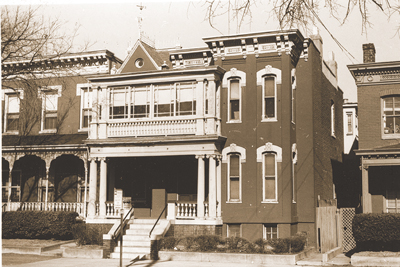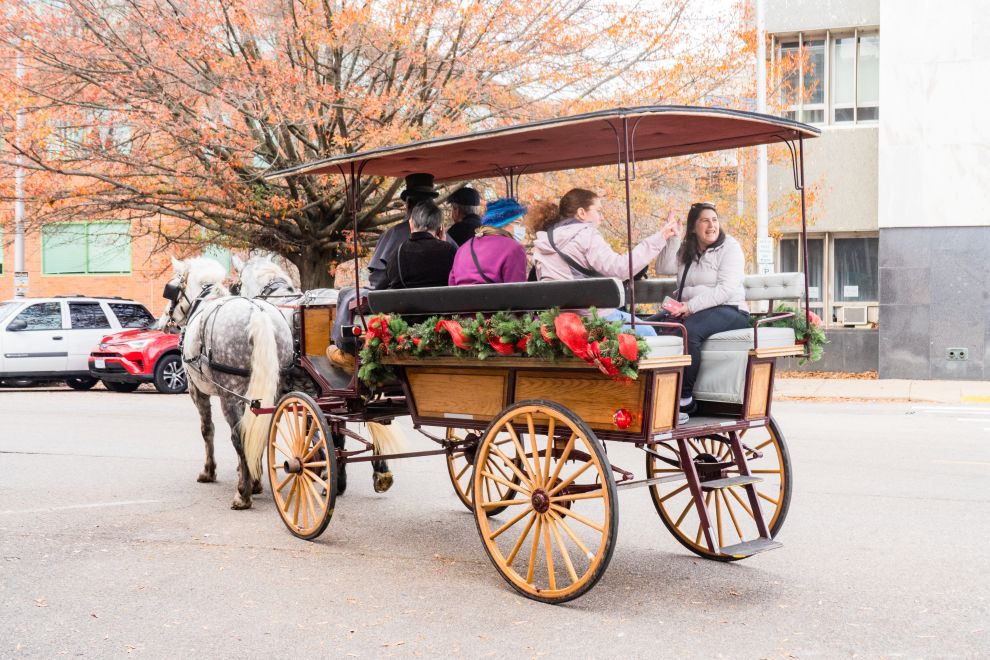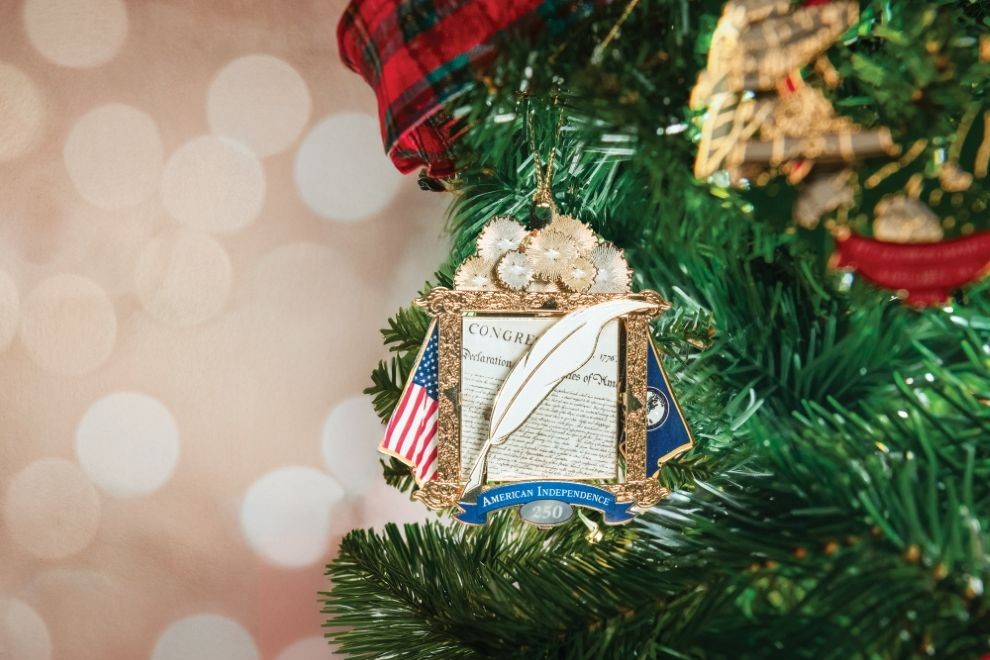In 1899, the Independent Order of St. Luke was teetering toward bankruptcy. A benevolent society that provided burial insurance for members of Richmond’s African American community, the organization had just a thousand members and a little over thirty dollars in its coffers.
When its president resigned, only one person stepped up to take his place: a 35-year-old African American woman who would shepherd the Order into prosperity, harnessing its success to uplift Richmond’s downtrodden black population not only in death, but in life as well.
Under Maggie Lena Walker’s leadership, the Order grew to over 100,000 members, to which it paid out over one million dollars in benefits. But more importantly, with the Order’s resources, she subsequently founded a bank, a department store, and a newspaper so Richmonders who struggled under Jim Crow segregation could obtain loans, walk into a store, and share their own stories in print.
 The daughter of a former slave, Maggie Walker taught elementary school for three years and had one of two schools in Richmond for black students (in the segregation era) named for her. She embraced racial uplift as both a larger economic strategy and as public inspiration to combat racism. She made a point of always dressing for success in Richmond, to show blacks and whites that prosperity was possible for Richmond’s African American community. Limited to a wheelchair later in life, she also worked on behalf of people with disabilities.
The daughter of a former slave, Maggie Walker taught elementary school for three years and had one of two schools in Richmond for black students (in the segregation era) named for her. She embraced racial uplift as both a larger economic strategy and as public inspiration to combat racism. She made a point of always dressing for success in Richmond, to show blacks and whites that prosperity was possible for Richmond’s African American community. Limited to a wheelchair later in life, she also worked on behalf of people with disabilities.
In 1978, her home at 600 North Second Street was designated a National Historic Site and was opened as a museum in 1985.






